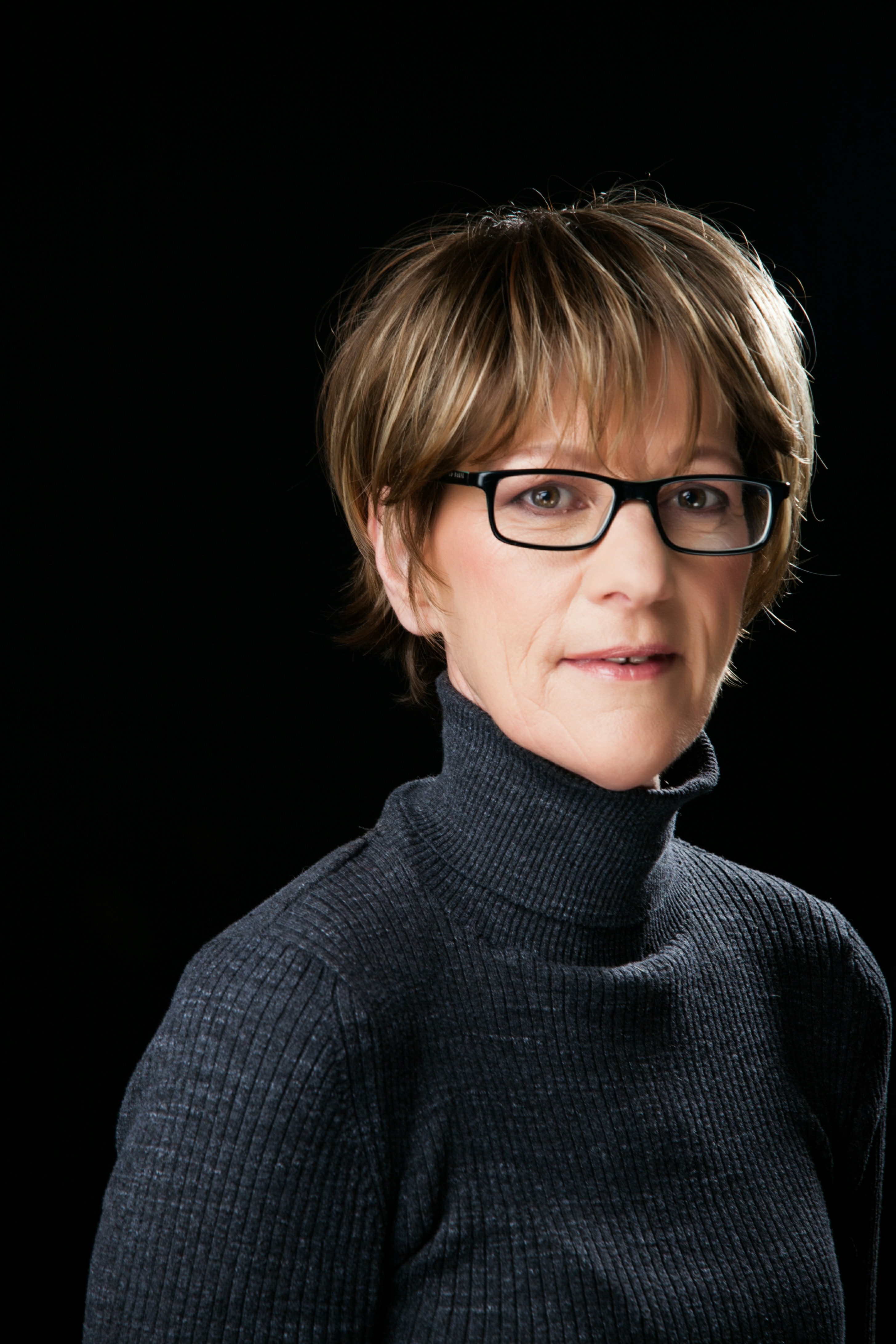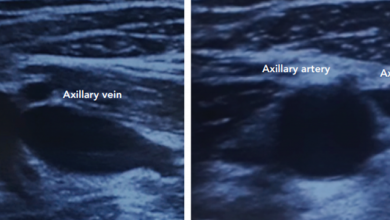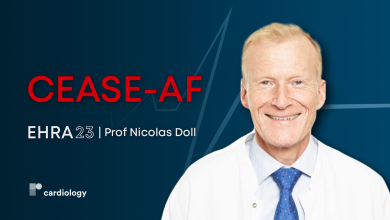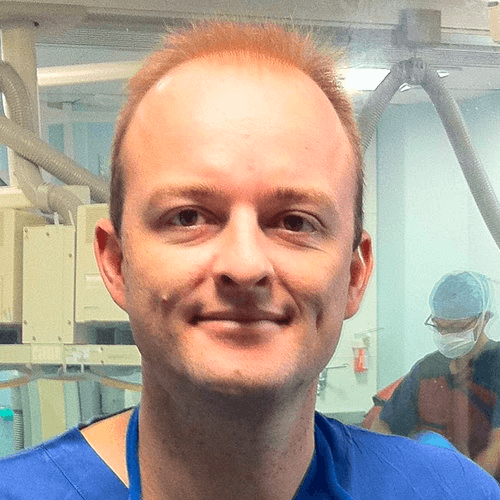Search results
Author(s):
Rajdip Dulai
,
Fatima Bangash
,
Ajay Sharma
,
et al
Added:
4 months ago
Sabine Ernst
Research Area(s) / Expertise:
Job title: Consultant Cardiologist
Author
Author(s):
Georgios Giannopoulos
,
Spyridon Deftereos
Added:
3 years ago
Dear Sir,
We read with great interest the meta-analysis by Pearman et al.1 on the comparison between epicardial ablation for atrial fibrillation and the hybrid approach. The authors should be commended on the way they handled the data. The imbalance between the two meta-analytic cohorts – in terms of the type of atrial fibrillation and left atrial diameter – may have worked to the detriment of…
View more
Su Down
Job title: Nurse Consultant Diabetes
Author
Author(s):
Ana Paula Tagliari
,
Adriano Nunes Kochi
,
Bernardo Mastella
,
et al
Added:
3 years ago
Cardiac implantable electronic devices (CIEDs), including permanent pacemakers (PPMs), ICD and CRT devices, are the mainstream therapy for many potentially lethal heart conditions, such as advanced atrioventricular block or sustained ventricular tachycardia or fibrillation. CIEDs can be implanted through endovascular or epicardial routes, with the former used the most because it is less invasive…
View more
Added:
1 year ago
EHRA 2023 — Investigator, Prof Nicolas Doll (Schuechtermann-Klinik, DE) joins us to discuss the take-home messages from the international prospective randomised multi-centre CEASE-AF study (NCT02695277).
In a randomized controlled trial, 146 patients were enrolled to compare the safety, efficacy, and quality of life outcomes of a combined epicardial surgical plus endocardial catheter technique…
View more
Author(s):
Saagar Mahida
,
Benjamin Berte
,
Seigo Yamashita
,
et al
Added:
3 years ago
Since the first catheter ablation for cardiac arrhythmia more than three decades ago, ablation technology has continually evolved at a rapid pace. Much of the early progress in the field was made in ablation of supraventricular tachycardias. Following a seminal study from Haïssaguerre et al.1 in 1998, which demonstrated that pulmonary vein triggers are important sources of atrial fibrillation (AF…
View more
John Silberbauer
Author
Conduction System Pacing
Author(s):
Ahran D Arnold
,
Zachary I Whinnett
,
Pugazhendhi Vijayaraman
Added:
3 years ago
Article
Update in Cardiac Pacing
Author(s):
Nishant Verma
,
Bradley P Knight
Added:
3 years ago
Article
















